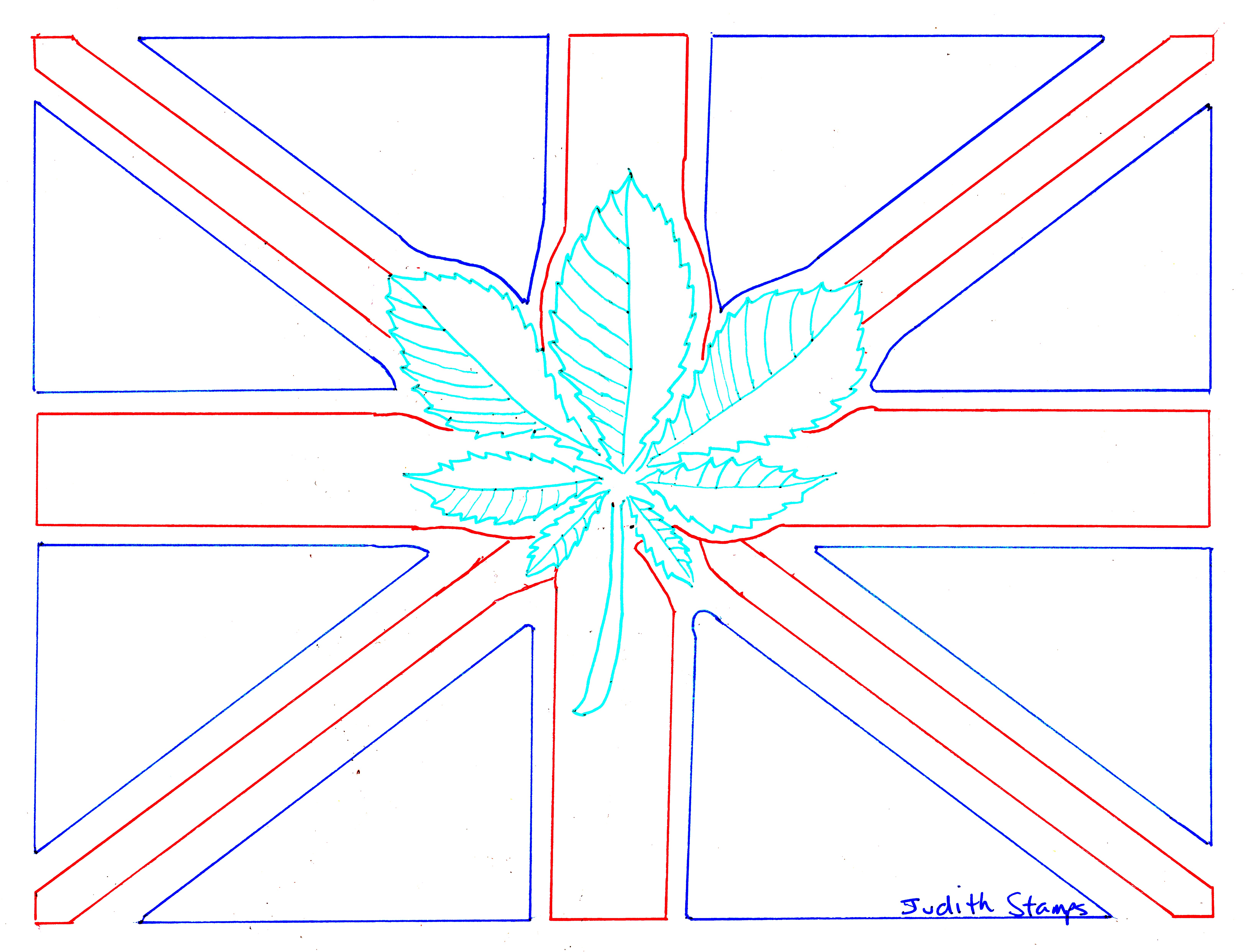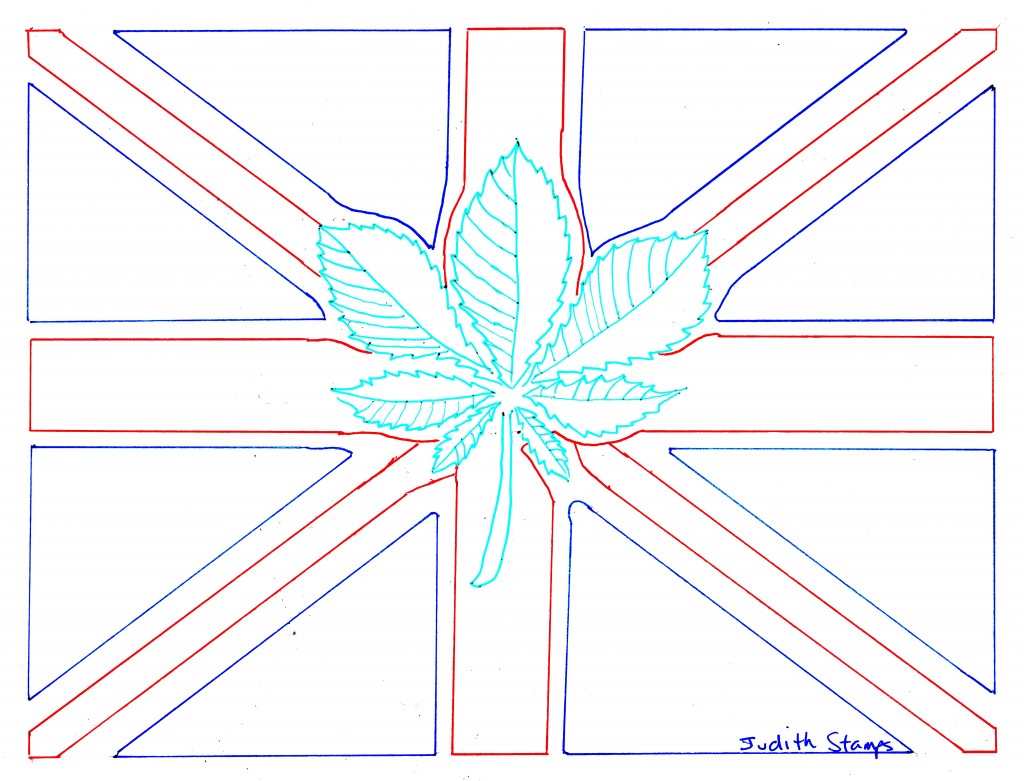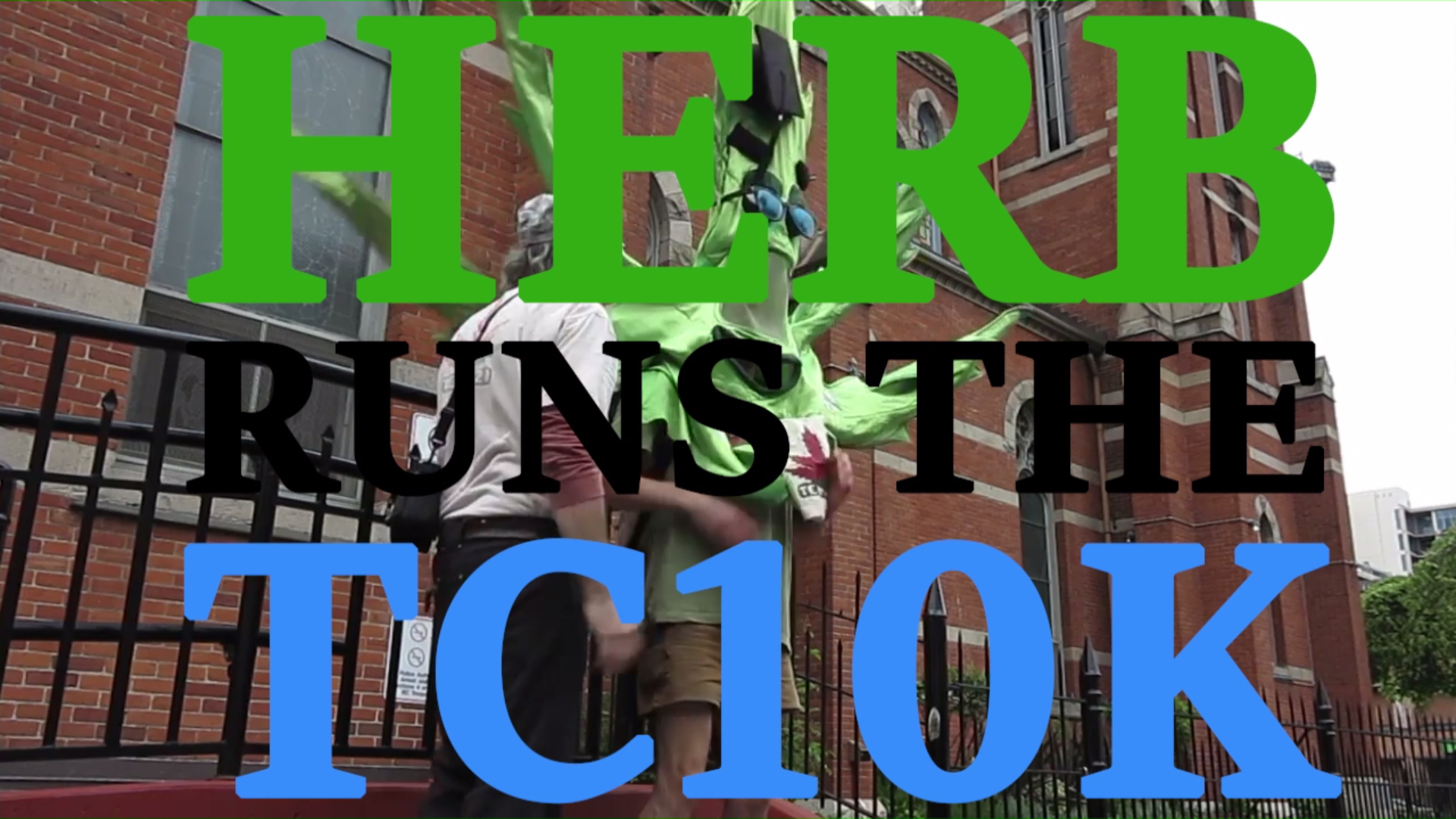A Timeline of Marijuana Prohibition in the UK [i]
The Years 1928-1945
In 1928, the UK’s Dangerous Drugs Act comes into force, making marijuana illegal in England, Northern Ireland, Scotland and Wales. This date places the UK at the midpoint of the dark era. Dates of prohibition for other areas in the English-Speaking world are: 1910: South Africa; 1915: Utah and California; 1919: Texas; 1923: Canada, Louisiana, Nevada, Oregon, and Washington State; 1927: New Zealand; 1937: The USA; and 1938: Australia.
- Between 1928 and 1945, cannabis use in the UK is confined to sailors passing through the country from other regions in the Empire: Egypt, India, Jamaica and the West Indies.
- In 1925, The Home Office, the UK’s Ministry responsible for Immigration, Security and Law and Order, has only two inspectors. They are assigned to check licenses of local pharmacists and exporters.
- Cannabis is imported from India to Britain, and re-exported to foreign buyers. Britain exports to the pharmaceutical companies Merck and C. F. Boehringer on the Continent, and also to Russia.
- Hemp plants are a common sight in UK gardens, planted inadvertently by the nation’s songbirds, for which hemp seed is a favourite food.
- Nevertheless, police in the UK are trained to watch out for cannabis; they find almost none.
ARCHETYPE #1: FEAR OF STRANGERS
Newspapers in the 1920s and 30s carry stories of nice white girls, lured into cannabis use by Asian sailors. This story is the first cousin of prohibition.
VOICES OF REASON
- Colonel R. N. Chopra, professor of pharmacology at the School of Tropical Medicine and Hygiene in Calcutta, is selected by the Government of India to negotiate with the League of Nations on drug policy. In 1926 he publishes a comprehensive study describing the habits of regular cannabis consumers, noting that cannabis has no ill effects on general health.
- Sir Malcolm Delevingne, chief drug expert at the Home Office gives the 1934 Norman Kerr Memorial lecture on drug addiction. He states that, while white powders and pharmaceuticals are dangerous, natural plants like cannabis are not.
- The UK’s older physicians continue to prescribe cannabis preparations.
Early 1940s
The discovery of antibiotics in 1928 by British researcher Alexander Fleming, and mass production of antibiotics in the early 40s turn the pharmaceutical industries into super-heroes. For decades afterwards they can do no wrong.
The Years 1948-1960
- In 1948 the British Nationality Act makes it possible for people living anywhere within the Empire to immigrate to the UK without a visa. By the early 1960s, over a half a million have accepted the invitation.
- Many come from places where cannabis is a regular part of social life. They establish clubs featuring dance, ethnic foods, and jazz.
- Some young white people welcome their presence, and take to the new cultures.
- Meanwhile, in the 1950s there is Cold War—paranoia and fear of the “enemy from within.”
ARCHETYPE #2: FEAR OF BECOMING STRANGE
- Newspapers print stories entitled: “Dope,” “The Marijuana Menace,” and “The Girl Who Tried Reefer Smoking,” which state: “Cannabis can be used to poison perfectly sane individuals and to render them temporarily unstable to the extent that they could be certified.”
- In 1952, The Lancet, Britain’s oldest and best known peer reviewed medical journal declares: “The use of cannabis preparations is considered to be without justification.” The World Health Organization agrees
- Police, who have been primed to look for cannabis, spot it quickly and begin arresting people.
.
VOICES OF REASON
- In 1958, The Interdepartmental Committee on Drug Addiction meets, chaired by Russell Brain, neurologist and past president of the Royal College of Physicians. The Committee defines “addiction” as “an overpowering compulsion to continue taking a drug and to obtain it my any means possible.” It produces a report published in 1960—The Brain Commission Report—which states that cannabis is neither addictive, and nor a medical problem.
- In 1957, The Indian Delegation to the WHO under the leadership of Colonel R. N. Chopra, forces a compromise. India’s Ayurvedic and Unani-Tibbi systems of medicine, which make extensive use of cannabis, are permitted to continue doing so.
1961 is the Year of the United Nations Single Convention on Narcotic Drugs, to which almost every nation is a signatory. It prohibits cannabis except for medical and research purposes. BUT… in deference to the Indian delegation, the Convention defines cannabis as the resinous flowering tops of the plant. The LEAVES are left legal. India has a tradition of recreational edibles and drinks made by infusing the leaves. Upon reading this provision, I checked the CDSA: no leaves for us.
The Years 1962-1980
- In 1962, UK police are encouraged to make arrests. They gain the right to stop and search anyone that looks suspicious.
- 1n 1964 for the first time more whites than ethnic people are arrested. On their first American tour, The Beatles try marijuana.
- Civil liberties become a critical issue as police target longhaired youth.
- In 1967, Rolling Stones guitarist Keith Richards and fellow musician Mick Jagger are arrested and incarcerated.
- In 1969, The Wootton Report is published. It is, like the Le Dain Commission report in Canada, and the Shafer Commission Report in the US, both published in 1972, a response to the ‘sixties.’ It recommends what comes to be known as the “British Compromise:” the law doesn’t change, but police are encouraged to ‘use their discretion.’
- Instead of arresting people, police begin to issue official “cautions.” The caution leaves you free to go, but carries with it a three-year criminal record.
ARCHETYPE #3: TRYING TO NORMALIZE ‘STRANGE’ BY CLASSIFYING IT
Police classify cannabis consumers as Immigrants and Prostitutes, Working class teenagers, Students, Beatniks, and Intellectuals.
VOICES OF REASON
- In 1967, Steve Abrams founds the pro cannabis lobby SOMA, the Society for Mental Awareness. Sixty-Five English notables endorse it. These include Nobel Prize winner Francis Crick, novelist Graham Greene, and psychiatrist R. D. Laing.
- Caroline Coon and Rufus Harris found Release, an organization dedicated to finding legal services for arrestees. Beatle, George Harrison, provides funds.
The years 1980-2004
- The British Compromise endures.
- GW Pharmaceuticals develops Sativex.
- Throughout the 1990s, 30,000 people a year are in trouble with the police for cannabis possession. In 1998 cautions and arrests for possession peak at 84,310.
- In response, six independent official studies are carried out. These are by: The British Medical Association; The Department of Health; The House of Lords Select Committee on Science and Technology; The Royal Academy of Medical Sciences; The Institute for the Study of Drug Dependence, and The Police Foundation on the Misuse of Drugs. There are calls for liberalizing the laws.
- In the year 2000 Labour PM Tony Blair says absolutely NO to liberalization.
ARCHETYPE #4: DEALING WITH ‘STRANGE’ BY AVOIDING THE ISSUE
British cannabis policy becomes embroiled in ideological debates: civil liberties versus public health approaches; traditional conservatism versus progressive conservatism. These debates are a masquerade. They are not really about cannabis.
VOICES OF REASON
- In the 1990s, researchers at the Hebrew University of Jerusalem discover the Endocannabinoid System.
- Medical marijuana patients emerge to fight for their rights, and cannabis becomes a folk medicine in Britain.
The Year 2005 and After
- Britain becomes hysterical over Skunk, the so-called super strength cannabis.
- The answer to ‘let’s be more liberal’ is still NO.
ARCHETYPE #5: REDEFINING ‘STRANGE’ THROUGH NEWS HEADLINES LIKE: “THE CANNABIS DISASTER THAT IS DESTROYING OUR CHILDREN’S MINDS”
In Canada, Harper’s Health Canada provides similar headlines. So does the rest of the anti-cannabis lobby. The child’s brain has become the last battleground for legalization.
GENERAL OBSERVATIONS
- The ordinary mild mannered cannabis consumer is still an unseen creature to governments and police authorities.
- Patients are one of the few groups that, when they discuss cannabis, are actually talking about cannabis.
- Commissions and Official Studies only encourage lawmakers to find more creative ways to say NO to legalization.
- Reefer Madness has a strong grip on the UK.
[i] Facts for this blog come mainly from James H Mills, Cannabis Nation: Control and Consumption in Britain, 1928-2008, Oxford University Press, 2013.





